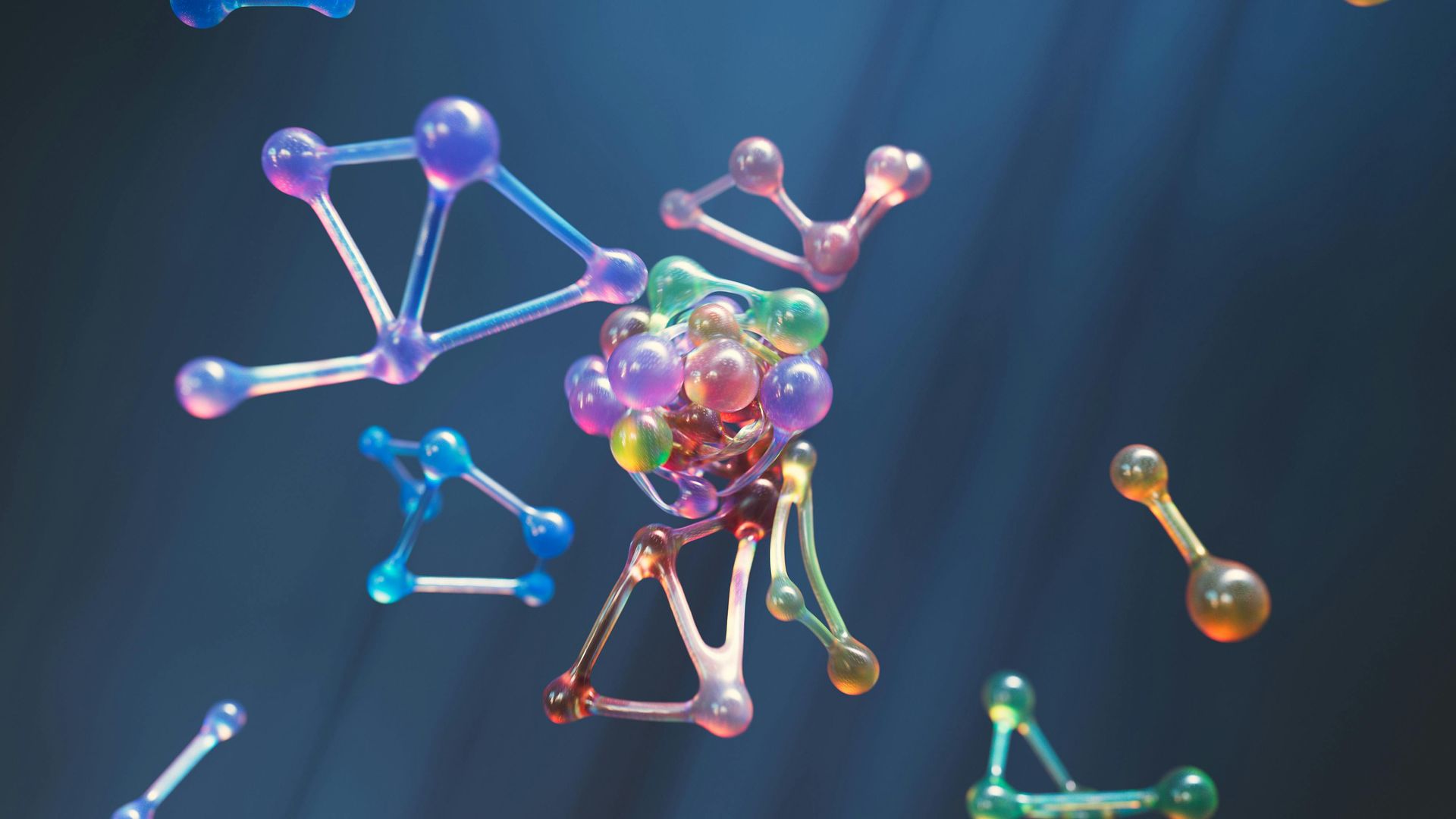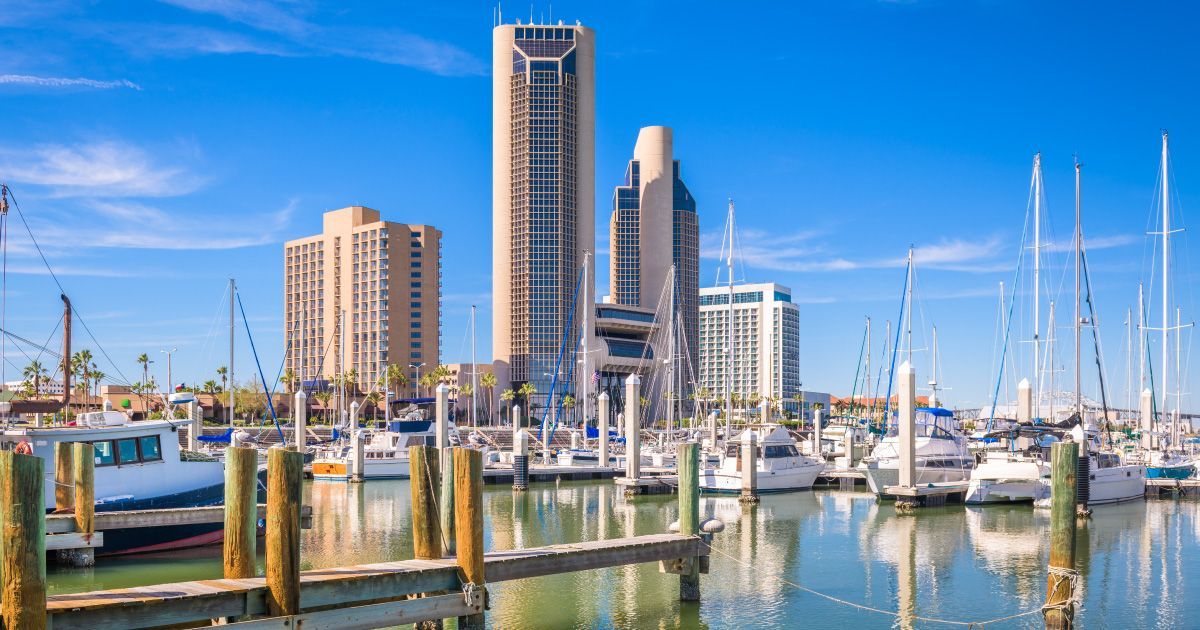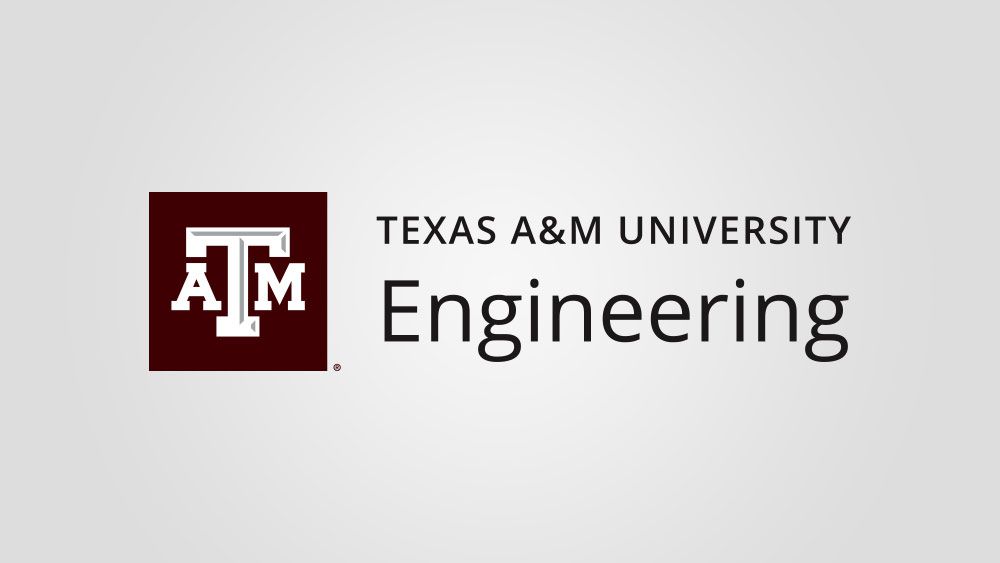Cracking the Code: Deciphering How Concrete Can Heal Itself
Imagine if concrete could repair its own cracks the way skin heals after a cut. That’s the goal of Dr. Congrui Grace Jin, whose latest research—published in Materials Today Communications—explores how lessons from nature can revolutionize construction.
Dr. Jin, an assistant professor in the Department of Engineering Technology and Industrial Distribution, is tackling one of the most expensive challenges in infrastructure: cracked concrete. Her team has developed a synthetic lichen-inspired system that enables concrete to self-repair without human intervention.
Concrete is the world’s most commonly used building material, but it’s prone to cracking from stress, temperature changes, and environmental wear. Even tiny fissures can allow moisture and gases to seep in, corroding the steel inside and compromising structural safety. Detecting and repairing these cracks costs the U.S. tens of billions of dollars every year—and inspecting active bridges and highways only adds to the difficulty.
For decades, researchers have explored “self-healing” concrete that uses microbes to produce minerals that seal cracks. However, as Dr. Jin explains, none of the existing methods are fully independent—they rely on added nutrients to sustain the microbes. In practical terms, that means repair crews still have to inject or spray nutrients into cracks, which is inefficient and costly.
To solve this, Jin turned to an unlikely teacher: lichen. This hardy organism—often seen on rocks and trees—survives in extreme environments thanks to its partnership between fungi and algae (or cyanobacteria). Inspired by that relationship, Jin’s team created a synthetic lichen system that mimics this self-sustaining balance.
In their design, cyanobacteria use air and sunlight to produce food, while fungi generate the minerals that fill cracks. Together, they thrive using only air, light, and water—no added nutrients required. This makes Jin’s system truly autonomous, setting it apart from previous self-healing methods.
Lab experiments have shown promising results: the microbial pairs were able to grow and produce sealing minerals even within the harsh environment of concrete.
Beyond the technical achievements, Jin is also exploring how people feel about using living systems in construction. She’s collaborating with social scientists at Texas A&M to study public perceptions and ethical, environmental, and legal considerations surrounding this bio-based approach.
If successful, this innovation could transform how we build and maintain infrastructure. Self-healing concrete would dramatically reduce repair costs, extend the lifespan of structures, and improve safety. The potential even extends beyond Earth—Jin’s research could one day support sustainable construction in space.








